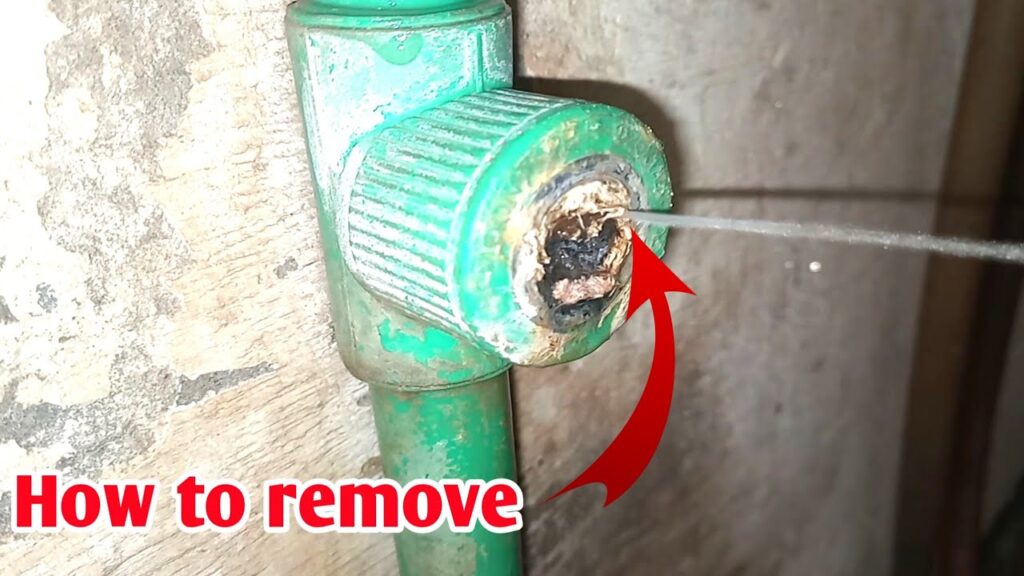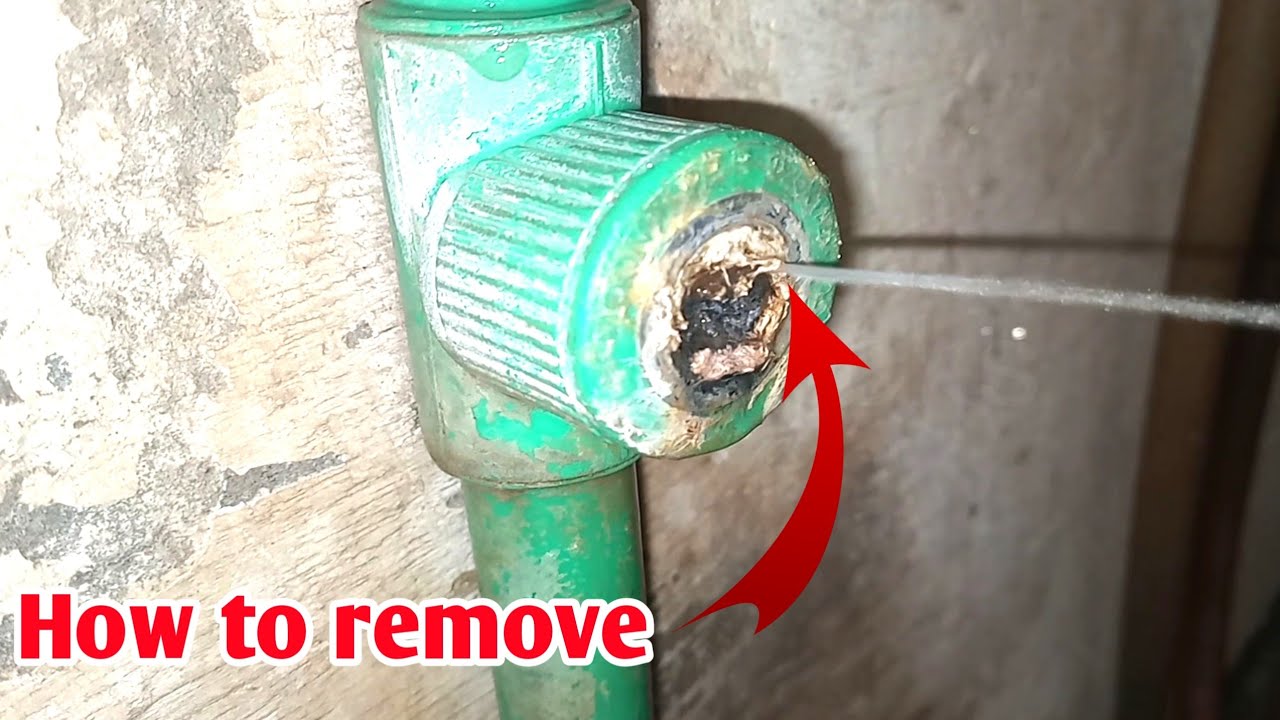
How to Remove a Broken Tap from a Hole: A Comprehensive Guide
Breaking a tap inside a workpiece is a machinist’s nightmare. It’s frustrating, time-consuming, and can potentially ruin the entire project. If you’re facing this predicament, don’t panic. This comprehensive guide will walk you through various methods on how to remove a broken tap from a hole, minimizing damage and getting you back on track. Understanding the techniques and choosing the right approach are crucial for a successful extraction. This article provides a detailed, step-by-step explanation of the most effective methods.
Understanding the Problem: Why Taps Break
Before diving into the removal process, it’s essential to understand why taps break in the first place. Common causes include:
- Over-Torquing: Applying excessive force while tapping can easily snap the tap.
- Insufficient Lubrication: Lack of proper lubrication increases friction and stress on the tap.
- Incorrect Tap Size: Using the wrong tap size for the material can lead to binding and breakage.
- Dull Tap: A dull tap requires more force, increasing the likelihood of snapping.
- Hard Material: Tapping very hard materials without proper technique and lubrication significantly increases the risk.
- Chip Build-up: Chips accumulating in the flutes can bind the tap, causing it to break.
Preparation is Key: Assessing the Situation
Before attempting any removal method, carefully assess the situation. Consider the following:
- Material: What material is the workpiece made of? Softer materials like aluminum are easier to work with than hardened steel.
- Tap Location: How deep is the broken tap inside the hole? Is it easily accessible?
- Tap Material: What material is the tap made of (e.g., high-speed steel)? Knowing this helps determine appropriate removal methods.
- Tap Size: What size tap is broken? This affects the tools and techniques you can use.
Gather your tools. Essential tools for how to remove a broken tap from a hole include:
- Tap extractors
- Penetrating oil
- Drill and drill bits
- Left-handed drill bits
- Erosion machines (EDM)
- Punches and hammers
- Needle-nose pliers
- Magnifying glass
- Safety glasses
- Gloves
Methods for Removing a Broken Tap
Several methods exist for removing a broken tap. The best approach depends on the factors mentioned above. Here are some common techniques on how to remove a broken tap from a hole:
Using a Tap Extractor
Tap extractors are specifically designed for this purpose. They feature hardened steel fingers that grip the flutes of the broken tap, allowing you to unscrew it. This is often the first method to try, especially if the tap isn’t deeply embedded.
- Apply penetrating oil to the area around the broken tap. Let it soak for several minutes.
- Insert the tap extractor into the hole, ensuring the fingers engage with the tap flutes.
- Gently turn the extractor counterclockwise using a tap wrench or adjustable wrench.
- Apply steady pressure and avoid excessive force to prevent further breakage.
- If the tap is stuck, try tapping the extractor lightly with a hammer to help loosen it.
Tap extractors are a good starting point when figuring out how to remove a broken tap from a hole. [See also: Using Tap Extractors Effectively]
Using a Left-Handed Drill Bit
A left-handed drill bit can sometimes grab the broken tap and back it out as you drill. This method works best when the tap isn’t excessively tight.
- Center-punch the broken tap to create a starting point for the drill bit.
- Select a left-handed drill bit slightly smaller than the diameter of the tap’s minor diameter.
- Apply penetrating oil.
- Carefully drill into the tap using a slow speed and consistent pressure.
- If the drill bit catches, the tap may start to unscrew.
- If the tap doesn’t budge, continue drilling until you can remove the remaining pieces.
This is a more aggressive approach, but can be effective when considering how to remove a broken tap from a hole. [See also: Choosing the Right Drill Bit for the Job]
Using a Punch and Hammer
This method involves carefully breaking the tap into smaller pieces that can be removed individually. It requires patience and precision to avoid damaging the workpiece.
- Apply penetrating oil.
- Use a small, hardened punch and a light hammer.
- Carefully tap the edges of the broken tap, working your way around the circumference.
- The goal is to fracture the tap into smaller segments.
- Once the tap is fractured, use needle-nose pliers or a small pick to remove the pieces.
This method can be time-consuming, but is a good option when thinking about how to remove a broken tap from a hole in delicate materials. [See also: Precision Punching Techniques]
Using an Erosion Machine (EDM)
Electrical Discharge Machining (EDM) is a highly precise method that uses electrical sparks to erode the broken tap. This method is particularly effective for removing hardened taps from hardened materials without damaging the workpiece.
- This method requires specialized equipment and expertise.
- The workpiece is submerged in a dielectric fluid.
- An electrode, shaped like the reverse of the tap, is brought close to the broken tap.
- Electrical sparks erode the tap material, leaving the workpiece unharmed.
EDM is the most sophisticated method on how to remove a broken tap from a hole, but it’s also the most expensive and requires specialized equipment. [See also: Understanding Electrical Discharge Machining]
Dissolving the Tap (Chemical Methods)
Some specialized chemical solutions can dissolve high-speed steel without affecting the surrounding material. This method is less common but can be effective in certain situations.
- Identify a suitable chemical solution designed to dissolve high-speed steel.
- Carefully apply the solution to the broken tap, following the manufacturer’s instructions.
- Allow the solution to work for the recommended time.
- Neutralize the solution and thoroughly clean the area.
Chemical methods can be effective when learning how to remove a broken tap from a hole, but require careful handling and proper ventilation. [See also: Safe Chemical Handling Practices]
Heating the Workpiece
Applying heat to the workpiece can sometimes help to loosen the tap due to differential expansion. This method requires careful control of the heat to avoid damaging the material.
- Use a heat gun or torch to carefully heat the area around the broken tap.
- Avoid overheating the material, which could cause it to warp or change its properties.
- While the material is still warm, attempt to remove the tap using a tap extractor or other method.
Preventing Future Breakage
Prevention is always better than cure. Here are some tips to avoid breaking taps in the future:
- Use the Right Tap: Select the correct tap size and type for the material you’re working with.
- Lubricate Properly: Use a high-quality cutting fluid or tapping oil.
- Apply Consistent Pressure: Avoid excessive force and maintain a steady, even pressure while tapping.
- Back Off Regularly: Back the tap off frequently to break chips and prevent binding.
- Use a Sharp Tap: Replace dull taps regularly.
- Consider a Forming Tap: For softer materials, a forming tap (also known as a roll tap) can create threads without cutting, reducing the risk of breakage.
Conclusion
Knowing how to remove a broken tap from a hole is a valuable skill for any machinist or DIY enthusiast. By understanding the causes of tap breakage and employing the appropriate removal techniques, you can minimize damage and save valuable time and resources. Remember to always prioritize safety and take your time – patience is key to a successful tap extraction. Good luck!

